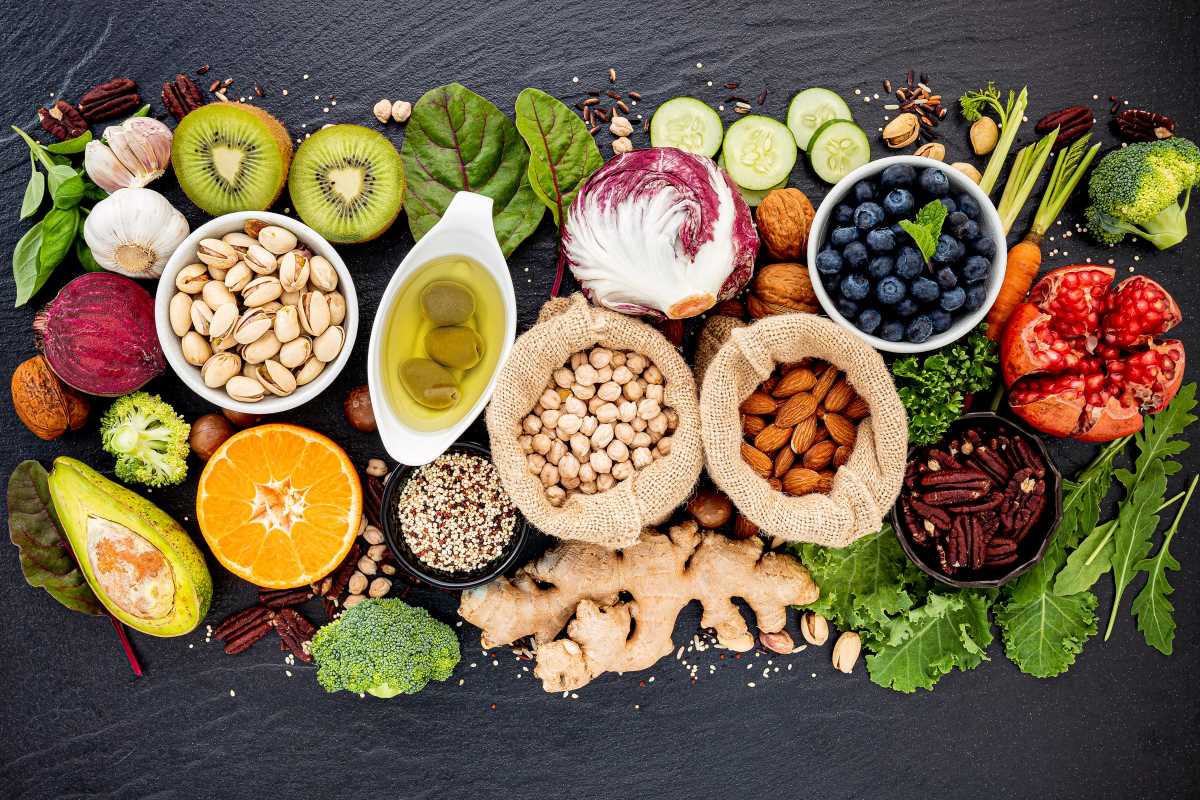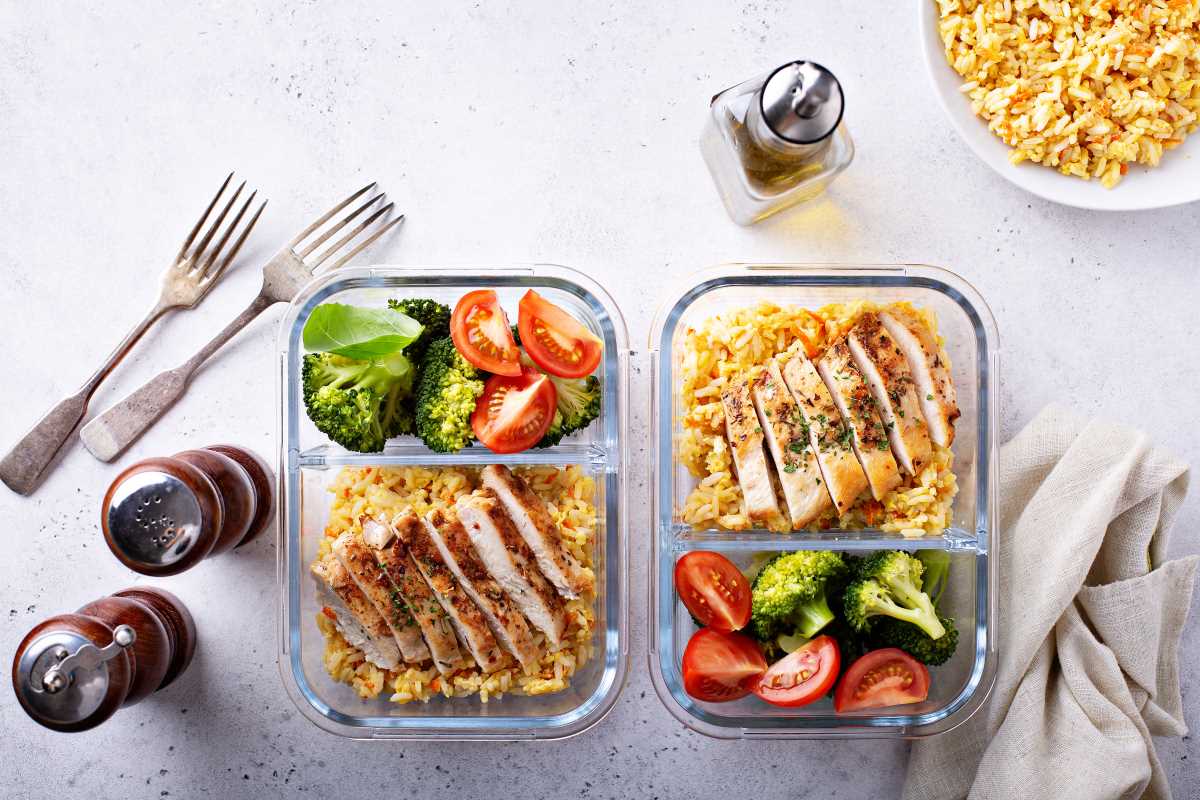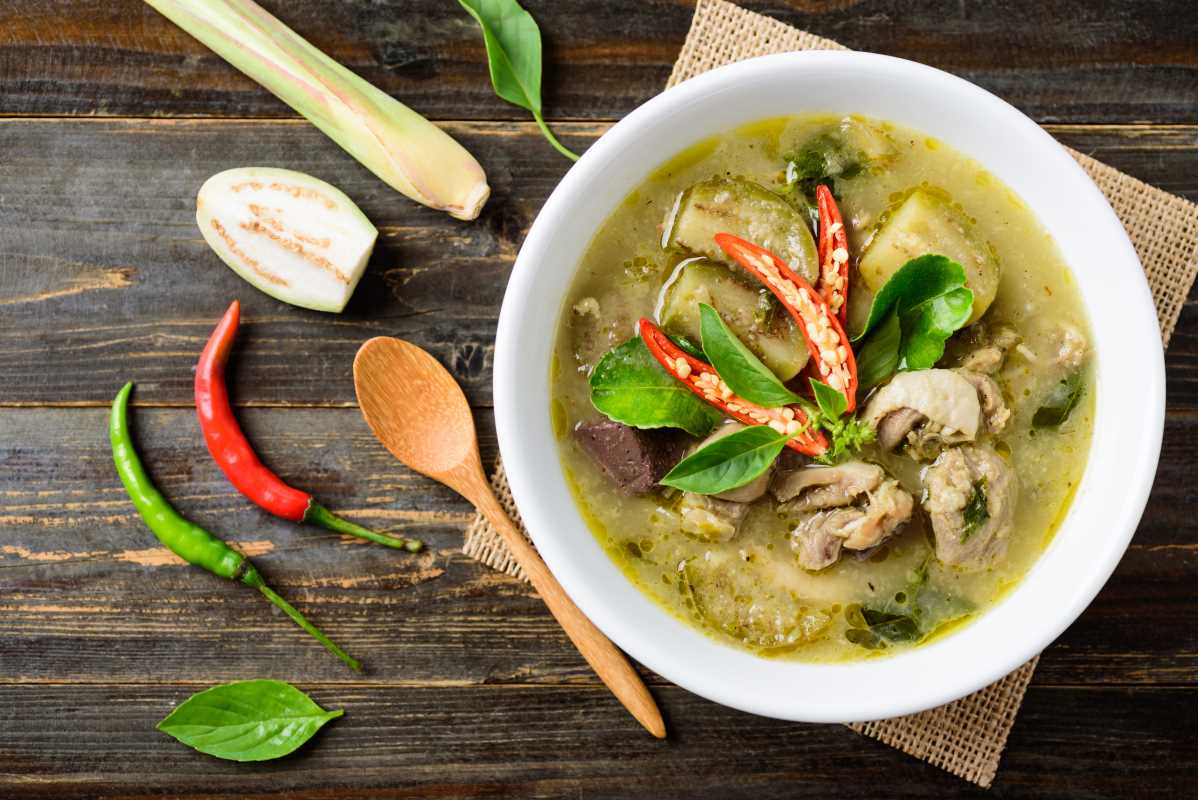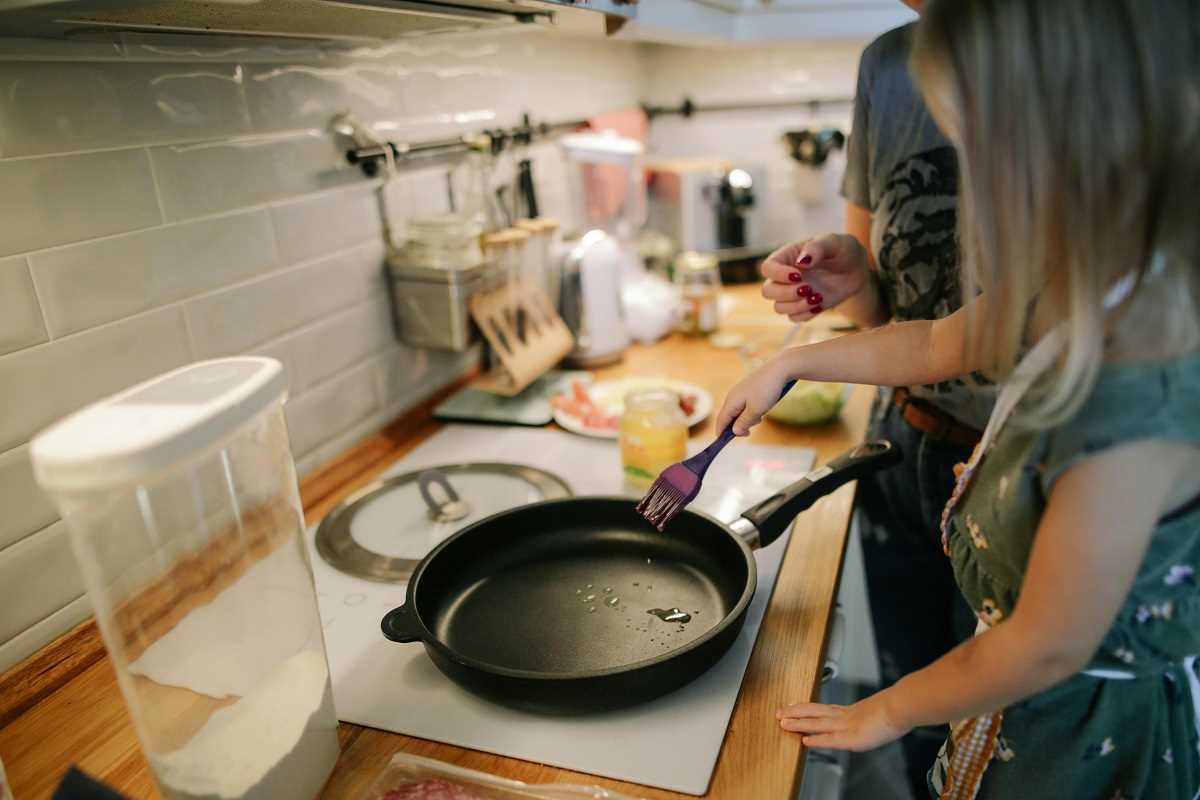Running a home-based catering business invites you to balance creative recipes, cost concerns, and limited kitchen space. Handling every detail yourself, from meal prep and ingredient shopping to managing invoices and customer conversations, can feel like a lot. Choosing sustainable ingredients adds another layer of challenge, but making these choices helps the environment and brings out unique, vibrant flavors that guests remember. By selecting eco-friendly alternatives in place of standard items, you can keep expenses under control and maintain an organized workspace. The following ideas will walk you through smart ways to find local suppliers and use compostable packaging, so you can create a service that’s both rewarding and environmentally responsible.
Assessing Your Ingredient Sources
First, map out potential suppliers. List local farms, co-ops, and specialty distributors, then compare them side by side. Rank each source on price, distance, delivery frequency, and organic or regenerative farming practices.
- Local farms: Offer fresh picks weekly but may lack consistent volume.
- Farmer co-ops: Combine products from multiple growers, giving you variety and often better pricing.
- Specialty distributors: Provide certified organic or fair-trade items at scale, though delivery fees can climb.
Next, visit at least one farm or drop by a co-op market stall. Seeing operation practices firsthand helps you choose partners whose values match yours. Ask how they handle pesticides, water use, and packaging. Keep notes on handwritten pads or digital lists so you can refer back to them while setting your vendor lineup.
Planning a Sustainable Menu
Start designing your menu by checking seasonal harvest calendars. Focus on fruits and vegetables that reach their peak locally—berries in summer, root crops in fall. This approach reduces shipping miles and guarantees produce brightness.
- Select three to five rotating mains built around seasonal proteins or grains.
- Include two or three vegetable-forward sides highlighting the freshest picks.
- Add one or two desserts that use up-sold items like bruised fruit or day-old bread.
Write detailed recipes to standardize prep time and ingredient quantities. That consistency saves money by reducing waste. You’ll notice that switching to bulgur or farro instead of pre-packaged rice decreases both cost and plastic wrappers.
Cost Management and Waste Reduction
Track every ingredient purchase in a simple spreadsheet. Create columns for date, item, quantity, price, and vendor. After a month, analyze which items you used fully and which ended up in scraps. That snapshot guides your next round of orders toward smarter quantities.
Next, turn every peel and trim into something useful. If carrots need peeling, save peels in a freezer bag to later steep into veggie stock. Stale bread can become croutons or panko crumbs. You’ll slash garbage bins’ weight while adding homemade touches that customers mention in reviews.
Implementing Energy-Efficient Techniques
Working from home means you can’t afford to let ovens run empty. Batch similar dishes together—roast vegetables alongside marinated proteins at one temperature. That saves energy and prevents hopping between hot and cold zones in the oven.
Replace old light bulbs in prep areas with LED fixtures. They brighten worktops while drawing less power. You might also invest in induction cookware, which heats pans directly rather than the entire stove, cutting cooking time and keeping the kitchen cooler on busy days.
Packaging and Delivery Solutions
Go beyond plastic and cardboard by choosing biodegradable boxes lined with waxed paper. Test small batches to confirm they hold up to sauces and oils. Offer multiple size choices so clients only pay for what they need, reducing leftover container clutter.
For deliveries, partner with a local courier service that uses hybrid vehicles or electric bikes. If that’s not possible, set up a pickup station in your neighborhood. This way, you save on fuel and build friendly ties with repeat customers who stop by for takeout, sparking casual chats and instant feedback.
Using sustainable ingredients doesn't need more money or staff. Simple swaps and careful planning make your catering more eco-friendly and distinctive. Treat the planet as a valued client and lead a responsible business.
 (Image via
(Image via





